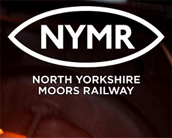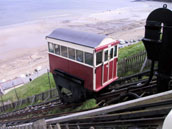South Bank
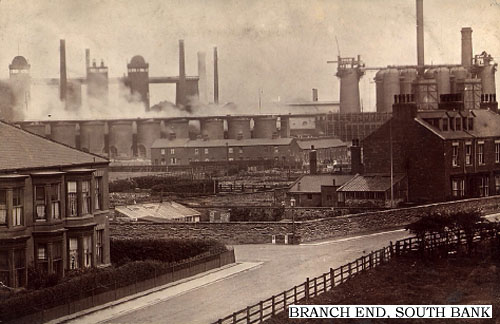 South Bank, formerly called Tees Tilery, was a populous market town, having a station on the Darlington and Saltburn line of the North Eastern railway, and is three miles from Middlesbrough. It came into existence with the establishment of the steel works of Messrs. Bolckow, Vaughan, & Co., Limited, and the works of the Clay Lane Iron Co., Limited. Another industry of the place which gave employment to a large number of the inhabitants was the manufacture of bricks and tiles, which was carried out extensively by Messrs. Johnson & Maw, the North Eastern Brick and Tile Co., and the Cleveland Brick and Tile Co.
South Bank, formerly called Tees Tilery, was a populous market town, having a station on the Darlington and Saltburn line of the North Eastern railway, and is three miles from Middlesbrough. It came into existence with the establishment of the steel works of Messrs. Bolckow, Vaughan, & Co., Limited, and the works of the Clay Lane Iron Co., Limited. Another industry of the place which gave employment to a large number of the inhabitants was the manufacture of bricks and tiles, which was carried out extensively by Messrs. Johnson & Maw, the North Eastern Brick and Tile Co., and the Cleveland Brick and Tile Co.
For parliamentary purposes, South Bank is included in the borough of Middlesbrough, but the remainder of the township is in the Cleveland division of the Riding. A large portion of the place is under the jurisdiction of the Normanby Local Board of Health, formed in 1865; and the following year gas works were erected by a limited company. The Town Hall, with Covered Market, was erected in 1878, at a cost of £5,500. It is an imposing structure of white brick, built from the designs of W. Duncan, Esq., Middlesbrough. The main room, which is used for public entertainments, will accommodate 800 persons. The Local Board and also the School Board have their offices in this building. The market was held weekly on Fridays, and was well patronised.
Churches and Schools (description circa 1900)
St. John's Church is a temporary iron structure, served from Eston, The Catholic Church, in Middlesbrough Road, is a neat brick structure, in the Gothic style, capable of seating 250 persons.
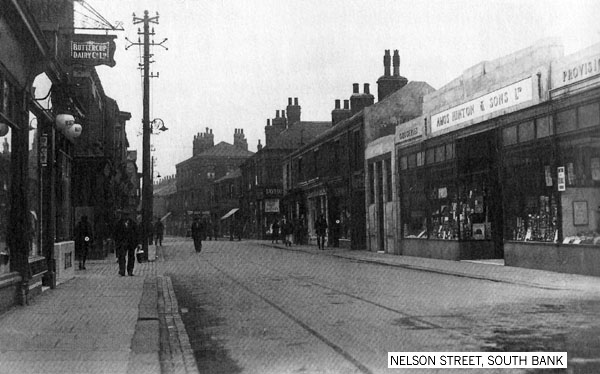 There is a handsome presbytery attached. The mission was formed in 1874, and is under the charge of the Very Rev. Canon Doud. The Primitive Methodist Chapel, in Normanby Road, is a plain substantial brick building, erected in 1878, and capable of seating 700 persons. The Chapel of the Wesleyan Methodists is an ornate building of brick, erected in 1882, at a cost of £3,000. Commodious Sunday Schools are attached. There are also Chapels belonging to the United Methodist Free Church, the Baptists, and Welsh Independents.
There is a handsome presbytery attached. The mission was formed in 1874, and is under the charge of the Very Rev. Canon Doud. The Primitive Methodist Chapel, in Normanby Road, is a plain substantial brick building, erected in 1878, and capable of seating 700 persons. The Chapel of the Wesleyan Methodists is an ornate building of brick, erected in 1882, at a cost of £3,000. Commodious Sunday Schools are attached. There are also Chapels belonging to the United Methodist Free Church, the Baptists, and Welsh Independents.
The Board Schools, consisting of three departments, were built in 1878, for the accommodation of 900 children. The Catholic Schools, two departments (mixed and infants), were erected in 1881; accommodation, 400.
Ship Building
In 1907, Smiths Dock Company, a firm of shipbuilders from North Shields, set up part of its business on the River Tees at South Bank. Smiths Dock closed its North Shields Yard in 1909 focussing its operations on the River Tees.
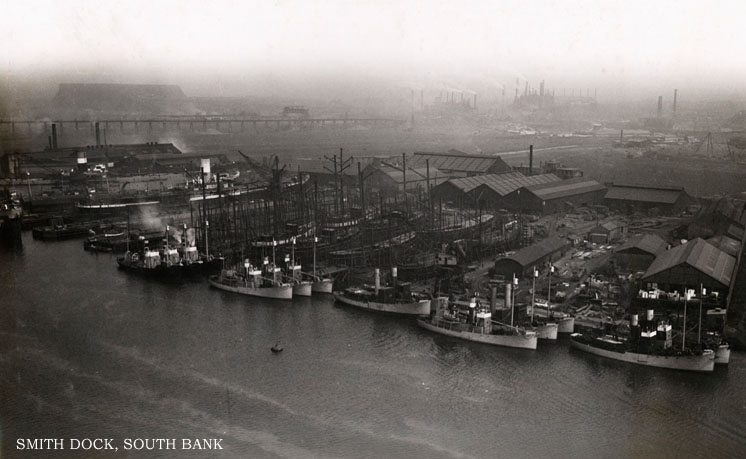
Smiths Dock built many ships that served during World War II, including trawlers that the Admiralty requisitioned and converted to armed trawlers of the Royal Naval Patrol Service such as HMT Amethyst, or more notably, HMT Arab, in which Lieutenant Richard Stannard (RNR) won the Victoria Cross. Smiths Dock prepared the design of the Flower-class corvette, an anti-submarine convoy escort of World War II.
In 1966 Smith's Dock merged with Swan Hunter & Wigham Richardson to form Associated Shipbuilders, later to become Swan Hunter Group.
Clicking on the footer will open a link to Communigate South Bank, which has more history and photos.

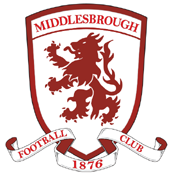


 If you would like to place an advert on this site, then click
If you would like to place an advert on this site, then click 
